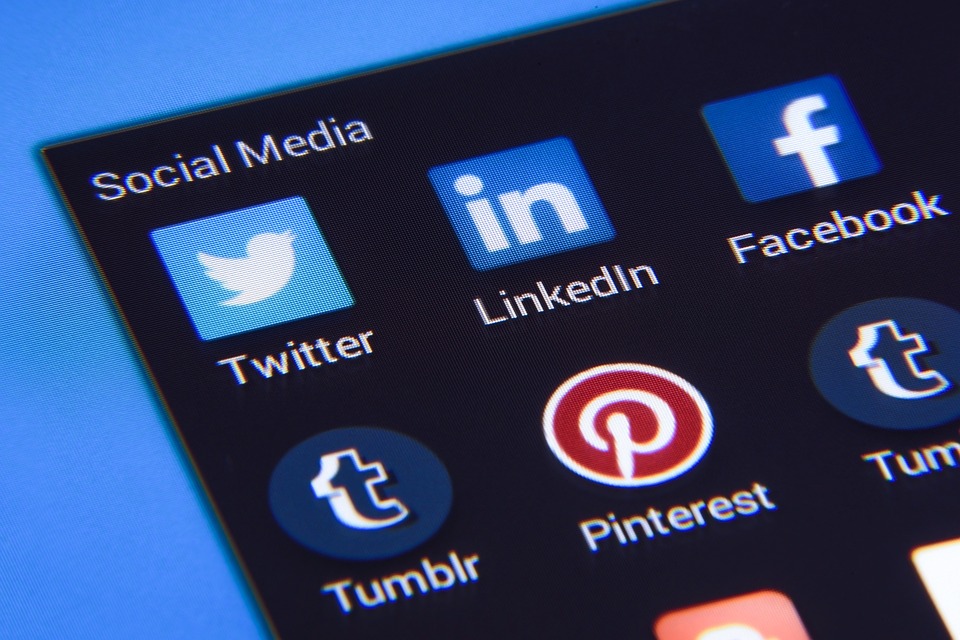The Roots of Traditional Blues
Traditional blues music has a rich history that dates back to the late 19th century, originating in the African-American communities of the Southern United States. It was influenced by spirituals, work songs, field hollers, and other forms of African-American music.
Blues music often deals with themes of sorrow, hardship, and resilience, drawing on the experiences of African Americans in the segregated South. Musically, the blues is characterized by its distinctive 12-bar chord progression, repetitive lyrics, and call-and-response patterns. It has been a significant influence on many genres of music, including rock and roll, jazz, and soul.
The Rise of Digital Music
In the digital age, the way we consume music has changed dramatically. With streaming services like Spotify, Apple Music, and YouTube dominating the industry, music is more accessible than ever before. While this has made it easier for artists to share their music with a global audience, it has also led to a saturation of the market, making it harder for traditional blues musicians to break through.
Despite these challenges, there has been a resurgence of interest in traditional blues music, with a new generation of artists dedicated to reviving this iconic genre. These musicians are blending the old with the new, using digital platforms to reach wider audiences while staying true to the roots of the blues.
Reviving Traditional Blues
Reinterpreting the Classics
One way that traditional blues musicians are reviving the genre is by reinterpreting classic blues songs for a modern audience. By putting their own spin on these timeless tunes, artists are able to breathe new life into old favorites while introducing them to a new generation of listeners.
For example, artists like Gary Clark Jr. and Fantastic Negrito have gained popularity by taking traditional blues songs and infusing them with elements of rock, hip-hop, and electronic music. This fusion of genres appeals to a younger audience while still paying homage to the roots of the blues.
Using Social Media to Connect with Fans
Social media has become an invaluable tool for musicians looking to connect with fans and promote their music. Traditional blues artists are using platforms like Instagram, Facebook, and TikTok to share their music, engage with their audience, and promote upcoming shows.
By posting behind-the-scenes photos and videos, live performances, and updates on new music releases, artists can create a strong online presence that helps them reach a wider audience. This direct connection with fans allows artists to cultivate a loyal following and build a community around their music.
Collaborating with Modern Artists
Another way that traditional blues musicians are reviving the genre is by collaborating with modern artists from different genres. By teaming up with hip-hop artists, rock musicians, and electronic producers, blues artists are able to create innovative and exciting new music that pushes the boundaries of the genre.
These collaborations introduce traditional blues to new audiences who may not have been familiar with the genre before. By crossing genres and experimenting with new sounds, artists are able to keep the blues relevant in a modern musical landscape.
The Future of Traditional Blues
As we look to the future, the future of traditional blues music looks bright. With a new generation of artists dedicated to reviving the genre and reaching new audiences, the blues is poised for a resurgence in popularity. By blending the old with the new, using digital platforms to connect with fans, and collaborating with modern artists, traditional blues musicians are finding innovative ways to keep the genre alive and thriving in the digital age.
While the music industry continues to evolve and change, traditional blues will always have a place in the hearts of music lovers around the world. With its deep roots, powerful storytelling, and infectious rhythms, the blues will continue to inspire and connect people for generations to come.
As we embrace the digital age and all the opportunities it brings, traditional blues music will remain a vital part of our musical landscape, carrying on the legacy of the past while looking towards the future.
In Conclusion
Despite the challenges posed by the digital age, traditional blues music is experiencing a revival as artists find new and innovative ways to keep the genre alive. Through reinterpreting classic songs, using social media to connect with fans, and collaborating with modern artists, traditional blues musicians are finding ways to reach a wider audience and keep the genre relevant in a constantly evolving musical landscape.
As we move forward, the future of traditional blues music looks bright, with a new generation of artists dedicated to preserving the legacy of this iconic genre. By staying true to the roots of the blues while embracing the opportunities of the digital age, traditional blues music will continue to inspire and connect people around the world for years to come.

Leave a Reply